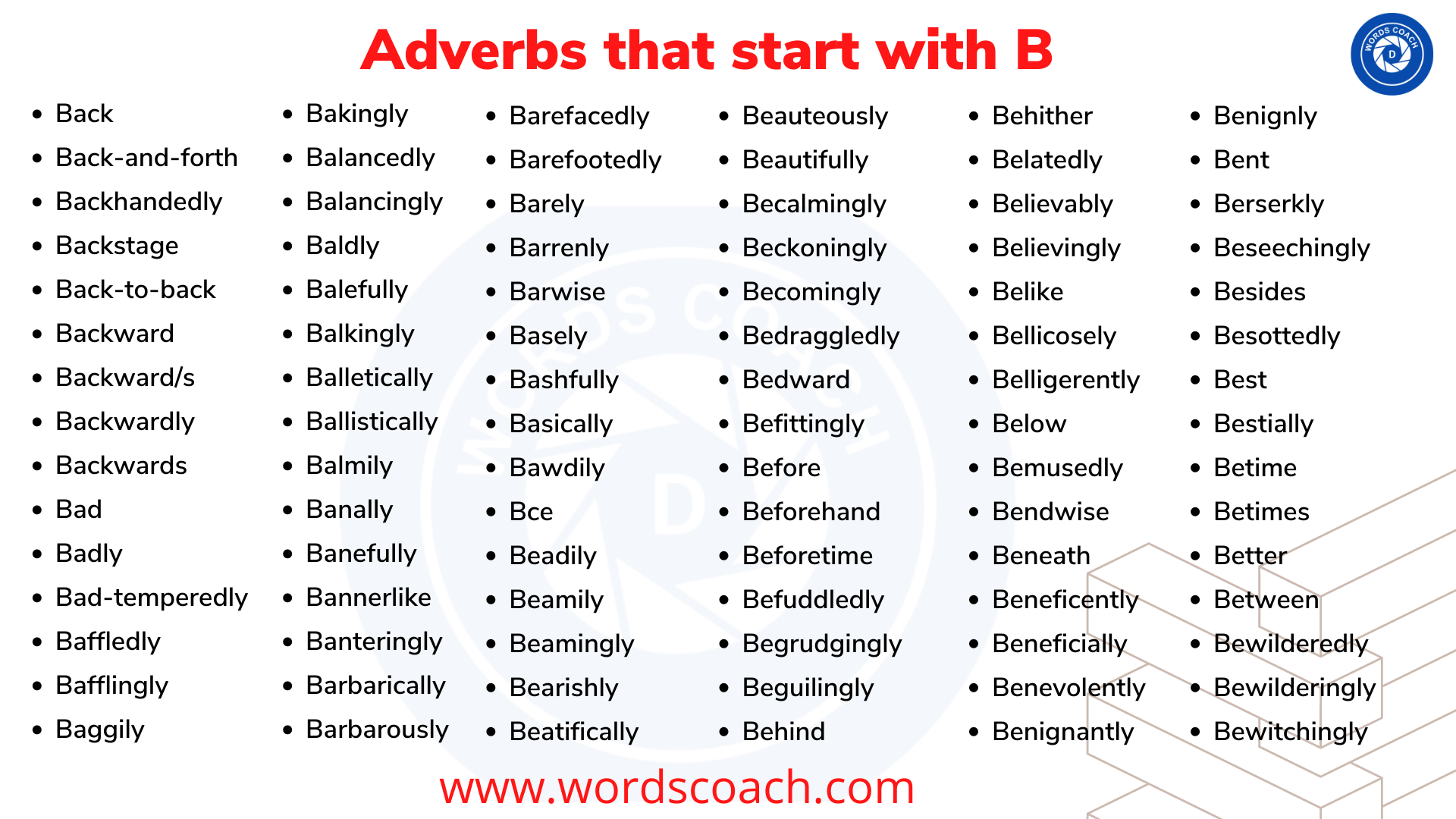Verb Forms in English – Explore Different Forms with Examples
What is a Verb Form?
A verb form refers to the specific appearance or variation of a verb that is used to indicate different tenses, aspects, moods, and voices in a sentence. Verb forms are crucial in conveying when an action occurs, whether it’s ongoing or completed, and in what manner the action is performed.
Let’s explore these different verb forms with examples:
Base Form
The base form of a verb is its simplest form, without any endings. It is the form found in the dictionary.
Example:
- walk
- eat
- be
Infinitive
The infinitive form usually includes the word “to” before the base form of the verb.
Example:
- to walk
- to eat
- to be
Past Simple
The past simple form is used to describe actions that occurred in the past. Regular verbs typically add “-ed,” while irregular verbs have unique forms.
Example:
- walked (regular)
- ate (irregular)
- was/were (irregular)
Past Participle
The past participle is used in perfect tenses and passive voice. Regular verbs add “-ed,” and irregular verbs often have unique forms.
Example:
- walked (regular)
- eaten (irregular)
- been (irregular)
Present Participle/Gerund
The present participle, formed by adding “-ing” to the base form, is used in continuous tenses and as gerunds.
Example:
- walking
- eating
- being
Present Simple
The present simple form describes habitual actions, general truths, and states. The third person singular form usually adds “-s” or “-es.”
Example:
- walk/walks
- eat/eats
- be/am/is/are
Forms with Auxiliary Verbs
Auxiliary verbs (helping verbs) combine with main verbs to form different tenses, aspects, and moods.
Present Continuous
Structure: am/is/are + present participle
Examples:
- I am walking.
- She is eating.
- They are being polite.
Past Continuous
Structure: was/were + present participle
Examples:
- I was walking.
- She was eating.
- They were being polite.
Present Perfect
Structure: have/has + past participle
Examples:
- I have walked.
- She has eaten.
- They have been there.
Past Perfect
Structure: had + past participle
Examples:
- I had walked.
- She had eaten.
- They had been there.
Future Simple
Structure: will + base form
Examples:
- I will walk.
- She will eat.
- They will be there.
Future Continuous
Structure: will be + present participle
Examples:
- I will be walking.
- She will be eating.
- They will be being polite.
Future Perfect
Structure: will have + past participle
Examples:
- I will have walked.
- She will have eaten.
- They will have been there.
Modal Verbs
Modal verbs (can, could, may, might, must, shall, should, will, would) express necessity, possibility, permission, or ability and are used with the base form of the main verb.
Example:
- I can walk.
- She might eat.
- They must be there.
Passive Voice
The passive voice emphasizes the action or the recipient of the action rather than the doer. It is formed by combining a form of “be” with the past participle of the main verb.
Example:
- The cake was eaten by the children.
- The project is being reviewed by the manager.
- The book will be published next month.
Conditional Forms
Conditional forms describe actions dependent on certain conditions and often use “if” clauses.
Zero Conditional
Structure: If + present simple, present simple
Example:
- If you heat water, it boils.
First Conditional
Structure: If + present simple, will + base form
Example:
- If it rains, we will stay inside.
Second Conditional
Structure: If + past simple, would + base form
Example:
- If I won the lottery, I would travel the world.
Third Conditional
Structure: If + past perfect, would have + past participle
Example:
- If she had studied, she would have passed the exam.
Verb forms in English are crucial for conveying the correct time, mood, and voice of an action or state. Mastery of these forms enables effective and accurate communication. By understanding and using these different verb forms, you can improve your English language skills and express yourself more clearly.





